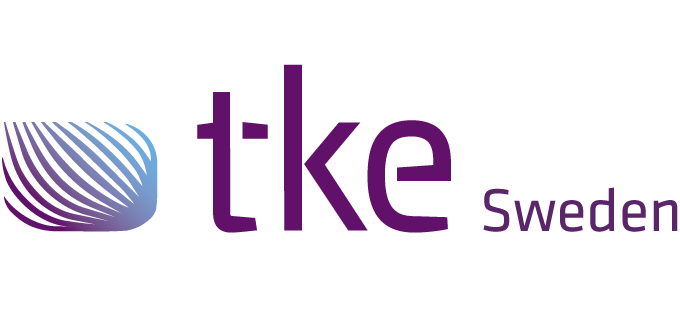How does IoT enhance CAN bus applications?
The Controller Area Network (CAN) bus is a robust vehicle bus standard designed to allow microcontrollers and devices to communicate with each other in applications without a host computer. Originating in the automotive industry, the CAN bus was developed by Bosch in the 1980s to meet the need for a reliable and efficient communication system in vehicles. It has since become a critical component in modern automotive and industrial applications due to its simplicity and reliability.
In today’s advanced systems, the CAN bus facilitates seamless communication between various components and systems. It allows different vehicle parts, such as the engine control unit, transmission, and antilock braking system, to communicate efficiently. This communication capability is not limited to vehicles; industrial machinery and equipment also rely on CAN bus technology to ensure different modules can work together effectively, enhancing both performance and safety.
How does IoT integration improve CAN bus systems?
Integrating Internet of Things (IoT) technologies into CAN bus systems offers significant enhancements. One of the primary benefits is improved data collection, which enables real-time monitoring of systems and components. This capability allows for better diagnostics, ensuring that potential issues are identified and addressed before they become critical problems.
IoT integration also facilitates better decision-making by providing comprehensive data that can be analyzed to optimize performance. With real-time data at their disposal, operators can engage in predictive maintenance, reducing downtime and extending the lifespan of machinery. These enhancements not only improve operational efficiency but also contribute to cost savings and increased productivity.
What are the challenges of IoT and CAN bus integration?
Despite the benefits, integrating IoT with CAN bus systems presents several challenges. One significant concern is cybersecurity, as the increased connectivity opens up the potential for unauthorized access and data breaches. Ensuring robust security measures are in place is crucial to protecting sensitive information and maintaining system integrity.
Data management is another challenge, as the vast amount of information generated by IoT devices can be overwhelming. Efficient data processing and storage solutions are necessary to handle this influx. Additionally, technical limitations, such as bandwidth constraints and compatibility issues between different systems, can also pose hurdles. Addressing these challenges requires strategic planning and the implementation of advanced technologies to ensure seamless integration.
How does IoT enhance connected vehicles through CAN bus?
IoT significantly enhances connected vehicle functionalities through the CAN bus by enabling vehicle-to-everything (V2X) communication. This connectivity allows vehicles to interact with other vehicles, infrastructure, and even pedestrians, improving traffic flow and safety. Advanced driver-assistance systems (ADAS) also benefit from IoT integration, providing features such as adaptive cruise control and automated braking.
Telematics is another area where IoT and CAN bus integration shine. By collecting and transmitting data related to vehicle performance and driver behavior, telematics systems can offer valuable insights for fleet management, insurance assessments, and more. Practical applications of this technology are already visible in smart fleet management systems and intelligent transportation networks.
What future trends are expected in IoT and CAN bus applications?
The future of IoT and CAN bus applications is promising, with several emerging trends on the horizon. Autonomous vehicles are at the forefront, relying heavily on IoT and CAN bus technologies to navigate and make real-time decisions. The development of smart cities also presents opportunities, as IoT-enabled infrastructure can interact seamlessly with connected vehicles to enhance urban mobility.
In the realm of industrial IoT (IIoT), we anticipate advancements that will further integrate CAN bus systems with IoT technologies to drive efficiency and innovation. These trends are poised to shape the industry by fostering more interconnected and intelligent systems. As these advancements unfold, our expertise at TKE Sweden AB ensures that our clients are equipped with state-of-the-art control system design and CAN-bus technology to meet these evolving demands.



